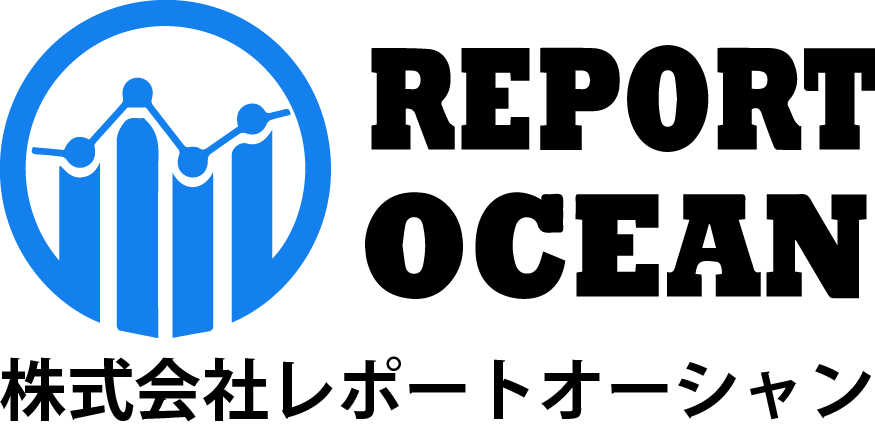日本スマートメーター市場規模、シェア、競争環境、動向分析レポート:製品タイプ別(スマート電気メーター、スマート水道メーター、スマートガスメーター)、フェーズ別(単相、三相)、技術別(高度計測インフラ(AMI)、自動検針(AMR))、エンドユーザー別(産業、商業、住宅): 2024 年から 2032 年までの機会分析と業界予測
レポートID : ROJP0524106 |
最終更新 : 2024年05月 |
フォーマット : ![]() :
: ![]() :
: ![]()
Table of Contents
1. Research Methodology
2. Project Scope & Definitions
3. Impact of Covid-19 on Japan Smart Meter Market
4. Executive Summary
5. Voice of Customer
- 5.1. Product and Market Intelligence
- 5.2. Sources of Information
- 5.3. Factors Considered in Purchase Decisions
- 5.3.1. Overall Expenses
- 5.3.2. Facility Requirement
- 5.3.3. Operational Manpower Expertise
- 5.3.4. Number of Installation Units
- 5.3.5. Experience in the Industry
- 5.3.6. Efficiency
- 5.3.7. After-Sales Support
- 5.4. Purpose of Installation
- 5.5. Demand and Supply Mechanism
- 5.6. Consideration and Understanding of Safety Regulations
- 5.7. Application of Legal Compliances
- 5.8. Existing User or Intended Purchaser
6. Japan Smart Meter Market Outlook, FY2017-FY2031F
- 6.1. Market Size & Forecast
- 6.1.1. By Value
- 6.1.2. By Volume
- 6.2. By Product Type
- 6.2.1. Smart Electric Meters
- 6.2.2. Smart Water Meters
- 6.2.3. Smart Gas Meters
- 6.3. By Phase
- 6.3.1. Single-phase
- 6.3.2. Three-phase
- 6.4. By Technology
- 6.4.1. Advanced Metering Infrastructure (AMI)
- 6.4.2. Automated Meter Reading (AMR)
- 6.5. By End-user
- 6.5.1. Industrial
- 6.5.2. Commercial
- 6.5.3. Residential
- 6.6. By Region
- 6.6.1. North
- 6.6.2. Central
- 6.6.3. South
- 6.7. By Company Market Share (%), FY2023
7. Market Mapping, FY2023
- 7.1. By Product Type
- 7.2. By Phase
- 7.3. By Technology
- 7.4. By End-user
- 7.5. By Region
8. Macro Environment and Industry Structure
- 8.1. Supply Demand Analysis
- 8.2. Import Export Analysis
- 8.3. Value Chain Analysis
- 8.4. PESTEL Analysis
- 8.4.1. Political Factors
- 8.4.2. Economic System
- 8.4.3. Social Implications
- 8.4.4. Technological Advancements
- 8.4.5. Environmental Impacts
- 8.4.6. Legal Compliances and Regulatory Policies (Statutory Bodies Included)
- 8.5. Porter's Five Forces Analysis
- 8.5.1. Supplier Power
- 8.5.2. Buyer Power
- 8.5.3. Substitution Threat
- 8.5.4. Threat from New Entrant
- 8.5.5. Competitive Rivalry
9. Market Dynamics
- 9.1. Growth Drivers
- 9.2. Growth Inhibitors (Challenges and Restraints)
10. Key Players Landscape
- 10.1. Competition Matrix of Top Five Market Leaders
- 10.2. Market Revenue Analysis of Top Five Market Leaders (in %, FY2023)
- 10.3. Mergers and Acquisitions/Joint Ventures (If Applicable)
- 10.4. SWOT Analysis (For Five Market Players)
- 10.5. Patent Analysis (If Applicable)
11. Pricing Analysis
12. Case Studies
13. Key Players Outlook
- 13.1. Mitsubishi Electric Corporation
- 13.1.1. Company Details
- 13.1.2. Key Management Personnel
- 13.1.3. Products & Services
- 13.1.4. Financials (As reported)
- 13.1.5. Key Market Focus & Geographical Presence
- 13.1.6. Recent Developments
- 13.2. Fujitsu Limited
- 13.3. Hitachi Ltd.
- 13.4. Panasonic Corporation Limited
- 13.5. Toshiba Corporation
- 13.6. Tokyo Electric Power Company Holdings, Inc. (TEPCO)
- 13.7. Kansai Electric Power Co., Inc. (KEPCO)
- 13.8. Chubu Electric Power Grid Co., Inc.
- 13.9. Smart Energy International
- 13.10. NuriFlex Co., Ltd.
Companies mentioned above DO NOT hold any order as per market share and can be changed as per information available during research work.
14. Strategic Recommendations
15. About Us & Disclaimer
無料サンプルを入手する ![]()
この無料サンプルには、トレンド分析から推定・予測まで、さまざまなデータが含まれています。
最新レポート
お問い合わせ
-
- JAPAN : 03-6899-2648
-
- EMAIL : [email protected]







